Flexible Spending Accounts or FSAs provide employees a way to use tax-free dollars to pay medical expenses not covered by other health plans. Because eligible employees need to decide how much to contribute through payroll deductions before the plan year begins, now is when many employers are offering employees the option to participate during the 2018 plan year.
Interested employees who wish to contribute to an FSA during the new year must make this choice again for 2018, even if they contributed in 2017. Self-employed individuals are not eligible.
An employee who chooses to participate can contribute up to $2,650 during the 2018 plan year (up from $2,600 in 2017). Amounts contributed are not subject to federal income tax, Social Security tax or Medicare tax. If the plan allows, the employer may also contribute to an employee’s FSA.
Throughout the year, employees can then use funds to pay qualified medical expenses not covered by their health plan, including co-pays, deductibles and a variety of medical products and services ranging from dental and vision care to eyeglasses and hearing aids. Interested employees should check with their employer for details about eligible expenses and claim procedures.
Under the use or lose provision, participating employees must often incur eligible expenses by the end of the plan year, or forfeit any unspent amounts. But under a special rule, employers may, if they choose, offer participating employees more time through either the carryover option or the grace period option.
Under the carryover option, an employee can carry over up to $500 of unused funds to the following plan year–for example, an employee with $500 of unspent funds at the end of 2018 would still have those funds available to use in 2019. Under the grace period option, an employee has until 2 1/2 months after the end of the plan year to incur eligible expenses–for example, March 15, 2019, for a plan year ending on December 31, 2018. Employers can offer either option, but not both, or none at all.
Employers are not required to offer FSAs. Accordingly, interested employees should check with their employer to see if they offer an FSA. Please call if you have any questions about how FSA contributions affect your taxes.




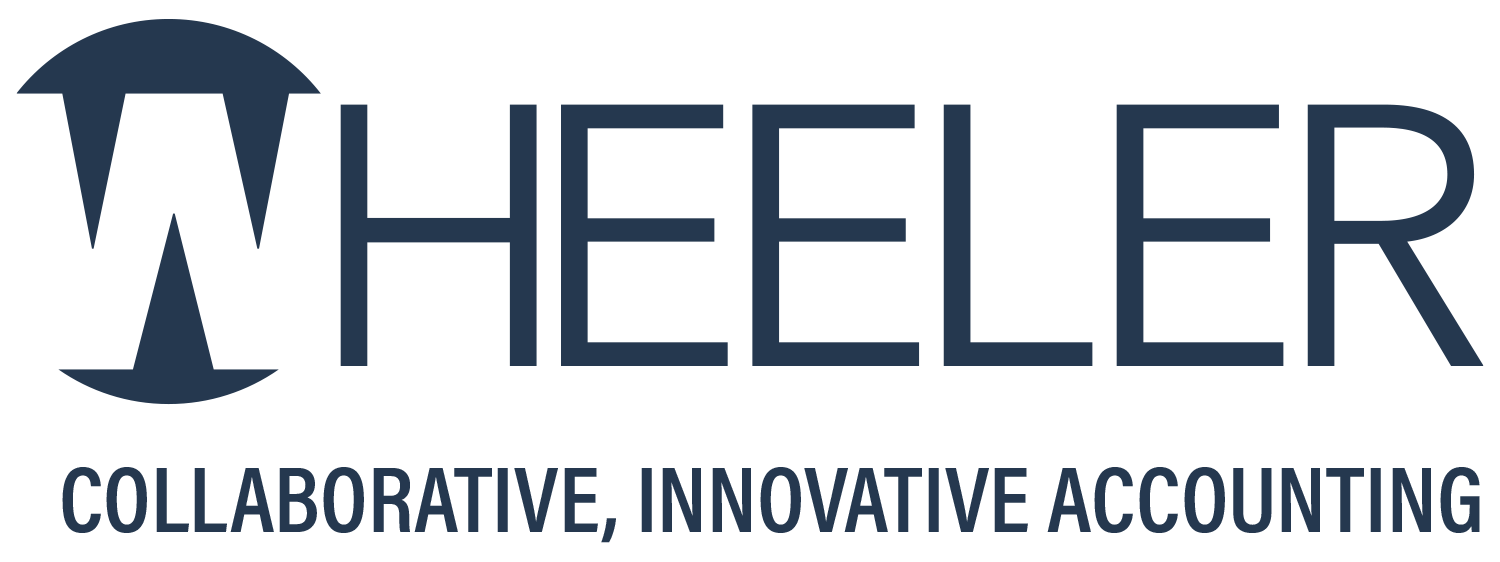


 When it comes to creating a budget, it’s essential to estimate your spending as realistically as possible. Here are five budget-related errors commonly made by small businesses and some tips for avoiding them.
When it comes to creating a budget, it’s essential to estimate your spending as realistically as possible. Here are five budget-related errors commonly made by small businesses and some tips for avoiding them.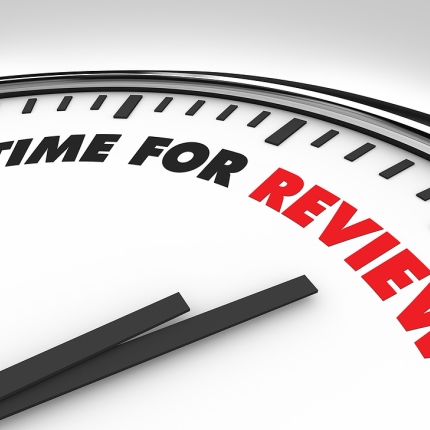
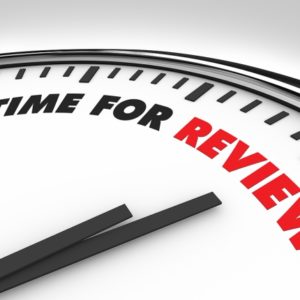 Whether you file as a corporation or sole proprietor here’s what business owners need to know about tax changes for 2017.
Whether you file as a corporation or sole proprietor here’s what business owners need to know about tax changes for 2017.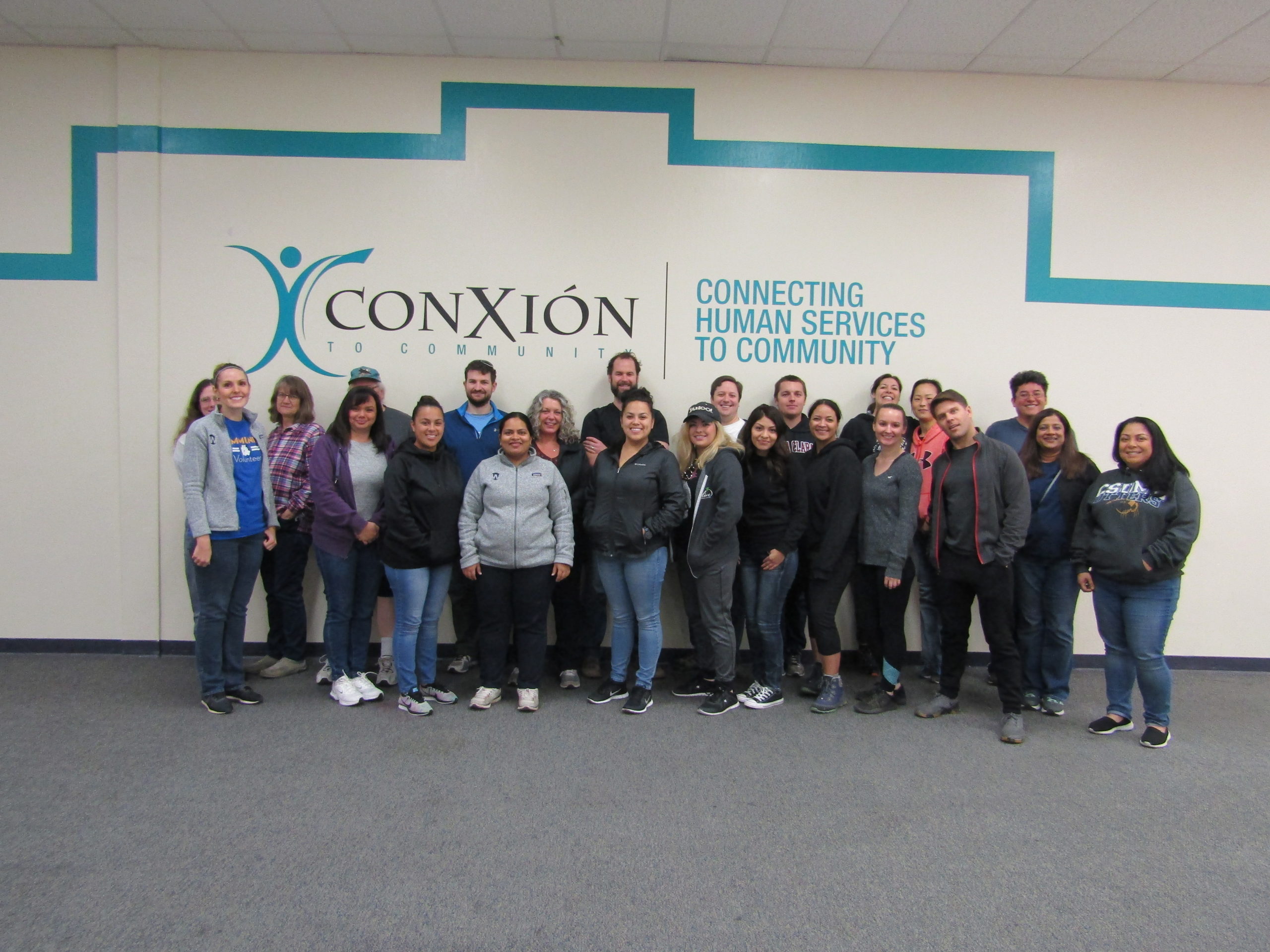
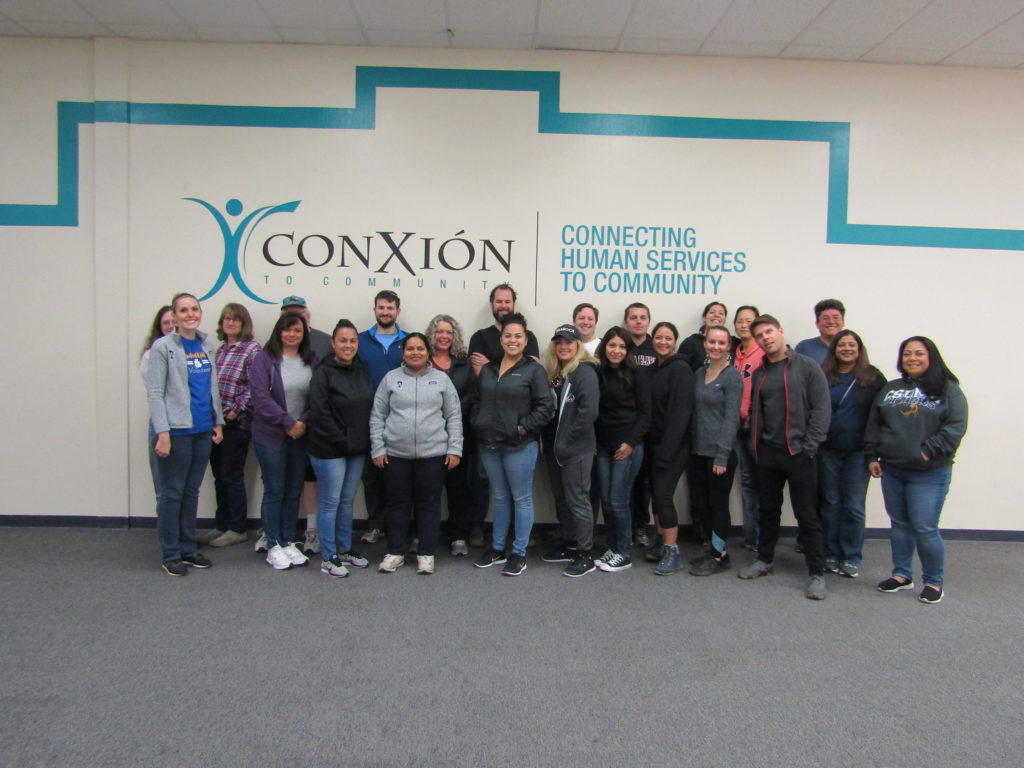 On December 5, 2017, Wheeler Accountants spent the day helping a local non-profit that makes a big impact on the community. This is an annual event that is looked forward to across the office, and is coordinated by our in house Events Committee.
On December 5, 2017, Wheeler Accountants spent the day helping a local non-profit that makes a big impact on the community. This is an annual event that is looked forward to across the office, and is coordinated by our in house Events Committee.




